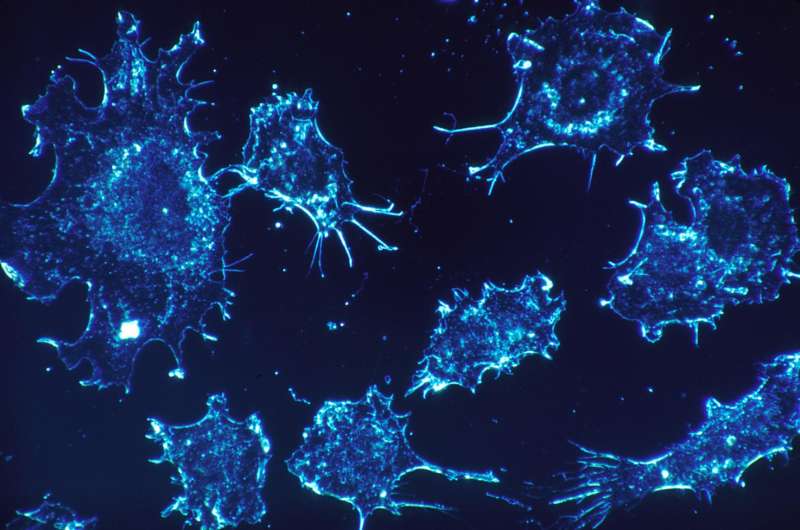
A public/private collaboration led by researchers at The University of Texas at Austin has resulted in a new mathematical modeling technique that can accurately predict the response of tumors in breast cancer patients to treatments such as chemotherapy soon after treatment initiation. This is a major improvement on current methods that can determine the efficacy of first-line therapies only after the patient has already received several treatment cycles.
Neoadjuvant therapies (NAT) are designed to shrink tumors and are often the first step in locally advanced cancer treatment before surgery is deemed necessary. Examples include chemotherapy, hormone therapy and, more recently, immunotherapy. As we know, such treatments can be very effective. However, they can also take a toll on a patient’s overall health without any guarantee of success. Developing a method to predict a patient’s response to NAT, therefore, is a crucial step forward.
When you assess something after it has happened, you cannot intervene if it is going poorly. But if you can predict how something will go before it happens, you can intervene and try to improve the outcome.
“The goal is to address this unmet need by developing methods that integrate advanced MRI data with biology-based mathematical modeling to predict and optimize the response of breast cancer to NAT,” said computational oncologist Tom Yankeelov, director of the Center for Computational Oncology at UT Austin’s Oden Institute for Computational Engineering and Sciences and Livestrong Cancer Institutes member, with appointments at Dell Medical School and the Cockrell School’s Department of Biomedical Engineering (BME).
Yankeelov, who led the study, described the research as the “culmination of several years of work in a public-private partnership” that included UT Austin’s Oden Institute, BME and the Livestrong Cancer Institutes at Dell Med, as well as Texas Oncology, Dell Seton Medical Center at The University of Texas and the Austin Radiological Association.
The new method stands in stark contrast to other, more popular trends in contemporary oncology research that favor a “big data” approach.
The big data approach relies exclusively on statistical inference from properties of large populations. In other words, access to large and relevant patient data sets is crucial. But it still does not guarantee better outcomes for patients because an individual patient can be quite different from the large population used to infer information about the individual.
“There is growing evidence that a ‘big data-only’ approach inevitably obscures conditions specific to the individual patient over time, especially for a disease as heterogeneous as cancer,” Yankeelov said. “We require one set of MRI data before a patient goes on treatment, and then a second set very early after treatment starts. From those two data sets, we calibrate a mathematical model of the tumor to make a patient-specific prediction of whether the tumor will respond to the prescribed therapies.”
The research is featured in the latest edition of Nature Protocols. But publishing a paper has not signified the end of this partnership.
Performing this research in community health clinics demonstrates that it can have real-world impact beyond academic settings. Successfully doing so, however, introduces a unique set of challenges.
“This technology won’t help anyone until we can move it beyond the lab,” said Jack Virostko, an assistant professor at Dell Med and co-author of the study. “We are actively working to introduce it into the community setting where most patients get their care. This paper shows that it can be done.”
The success of any partnership composed of distinct groups rests upon more than the discovery of novel research findings. It also depends on a good collaborative relationship among all parties.
Source: Read Full Article